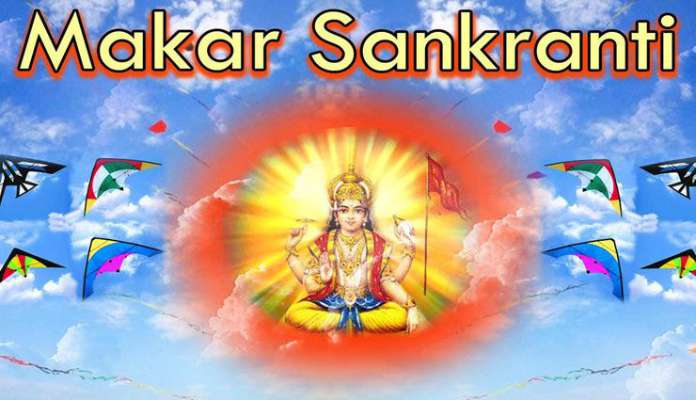Makar Sankranti 2019: How It Is Celebrated Across The Country

Makar Sankranti is celebrated widely among Hindu devotees. The nation has geared up to welcome the Lohri bonfire and spread the Makar Sankranti cheer. Makar Sankranti, also known as Makara Sankranti, is celebrated in various parts of the Indian subcontinent to observe the day which marks the shift of the sun into ever-lengthening days. The festival is a seasonal observance as well as a religious celebration. It is believed to be a time for peace and prosperity. The day is regarded as important for spiritual practices, and accordingly, people take a holy dip in rivers, especially in Ganga, Yamuna, Godavari, Krishna, and Cauvery. The bathing is believed to wash away sins.
Also known as Makar, the festival is celebrated in many parts of South Asia with some regional variations. It is known by different names and celebrated with different customs in different parts of the region. Other parts of the country also celebrate by taking a dip in the holy rivers flowing through states to cleanse themselves of sins.
Every region celebrates it in innumerable ways, according to the localization, culture, and traditions.
Delhi and Haryana
Delhi and Haryana and many neighboring states consider Sakraat or Sankranti to be the main festival of the year. Churma of ghee, halwa, and kheer are cooked especially on this day. One brother of every married woman visits her home with a gift of some warm clothing for her and her husband’s family. It is called “Sidha”.
Women used to give a gift to their in-laws, and this ritual called “Manana”. The recipient will sit in a haweli (main palace where men sit together and share hookka). Women go to haweli to sing folk songs and give gifts.
Punjab
In Punjab, Makar Sankranti is celebrated as Maghi. Bathing in a river in the early hours on Maghi is important. Hindus light lamps with sesame oil as this is supposed to give prosperity and drive away all sins. A major mela is held at Sri Muktsar Sahib on Maghi which commemorates a historical event in Sikh history.
Culturally, people dance their famous “bhangra”. They then sit down and eat the sumptuous food that is specially prepared for the occasion. It is traditional to eat “kheer”, rice cooked in milk and sugarcane juice. It is also traditional to consume khichdi and jaggery. December and January are the coldest months of the year in the Punjab. Maghi represents the change of the season to warmer temperatures and increases in daylight.
Rajasthan and West Madhya Pradesh
“Makar Sankrati” or “Sankrat” in the Rajasthani language is one of the major festivals in the state of Rajasthan. The day is celebrated with special Rajasthani delicacies and sweets such as pheeni (either with sweet milk or sugar syrup dipped), til-paati, gajak, kheer, ghevar, pakodi, puwa, and til-laddoo.
Maharashtra
In Maharashtra, people exchange multi-colored halwa and til-gul laadoo. Gulachi poli/puran poli and some gram flour, which has been toasted to golden in pure ghee, are offered for lunch. While exchanging til-gul as tokens of goodwill people greet each other with the words ’til-gul ghyaa, aani goad-goad bolaa’ meaning ‘Accept this til-gul and utter sweet words’.
The underlying thought in the exchange of til-gul is to forget the past ill-feelings and hostilities and resolve to speak sweetly and remain friends. The importance of sesame seeds is it keeps the body warm and provide good oil, which is needed as winter dried up the moisture from the body. In Maharashtra, similar to Andhra Pradesh Makar Sankaranti, is normally a three-day festival.
Goa
Celebrations in Goa closely resemble to that in Maharashtra. The women celebrate ‘haldi-kumkum’.
Gujarat
Uttarayan, as Makara Sankranti is called in Gujarati, is a major festival in the state of Gujarat which lasts for two days. 14 January is Uttarayan and 15 January is Vasi-Uttarayan (Stale Uttarayan). Gujarati people keenly await this festival to fly kites, called ‘patang’. Kites for Uttarayan are made of special light-weight paper and bamboo and are mostly rhombus shaped with a central spine and a single bow.
Courtesy by : Daily Hunt



